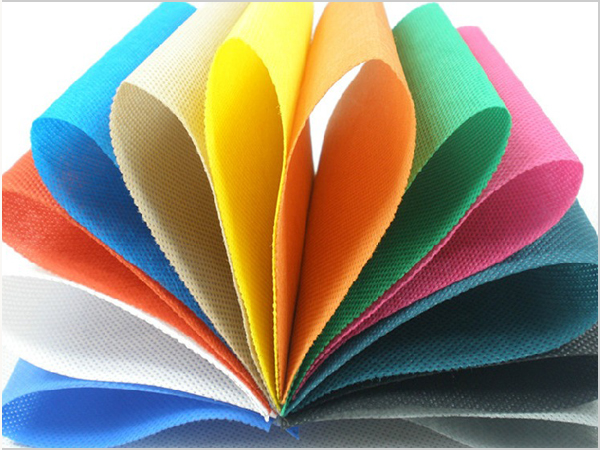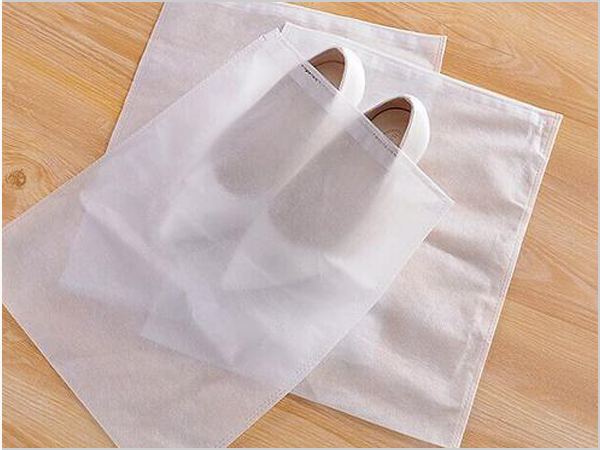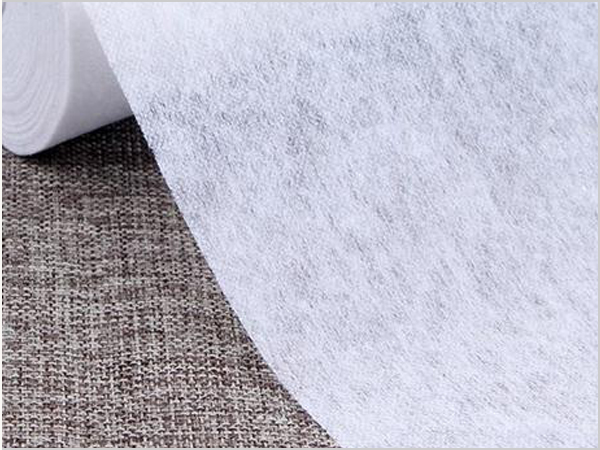- The production process of spunbond nonwoven fabric determines its unique characteristics!
- The global trade landscape is undergoing significant changes in 2025
- The 11th China International Silk Conference was held in Shengze
- What are the core advantages of spunbond nonwoven fabric?
- What are the magical aspects of the manufacturing process of spunbond nonwoven fabric?

- Telephone: 0551- 66779966
- Cellphone: 18955130444
- Email: 58792982@qq.com
- Address: Building 1-2, East of Wubu Village Section, Hehuai Road, Wushan Town, Changfeng County, Hefei City, Anhui Province
Spunbond nonwoven fabric is a nonwoven material produced by the spunbond method and has been widely used in multiple industries in recent years. It is mainly made of polypropylene and produced through processes such as melting, spinning, web laying and reinforcement. This material not only has a high production efficiency but also possesses excellent performance, gradually becoming an ideal substitute for traditional textiles.
The production process of Spunbond nonwoven fabric determines its unique characteristics. In spunbonding, high-molecular polymers are melted and extruded through spinneret holes to form continuous filaments. These long filaments are stretched by air flow, randomly laid into a fiber web, and then reinforced by hot rolling or chemical methods. This process endows spunbond nonwoven fabric with uniform texture, high strength and good air permeability. Compared with needle-punched or spunlace nonwoven fabrics, the nonwoven fabrics produced by spunbonding are thinner and lighter while maintaining good durability.
In practical applications, Spunbond nonwoven fabrics cover multiple fields. In the medical industry, it is used to make surgical gowns, masks and disinfectant wraps, and is favored for its antibacterial properties and comfort. In household items, spunbond nonwoven fabric is often used in shopping bags, bedspreads and decorative materials, being lightweight and easy to process. In agriculture, it can be used as a covering cloth to keep warm, prevent pests and increase crop yields. In addition, spunbond nonwoven fabrics are also widely used in industrial filtration, packaging materials and geotextiles, helping to enhance structural stability.
Environmental protection is another major advantage of Spunbond nonwoven fabric. As a recyclable material, it is degradable under natural conditions, reducing pollution to the environment. With the enhancement of global environmental awareness, spunbond nonwoven fabrics have played a significant role in replacing plastic products, meeting the demands of sustainable development.
In conclusion, spunbond nonwoven fabric has become an important material in modern industry due to its efficient production process, wide application fields and environmental protection characteristics. Whether in daily life or professional fields, it demonstrates irreplaceable value.
- The production process of spunbond nonwoven fabric determines its unique characteristics!
- The global trade landscape is undergoing significant changes in 2025
- The 11th China International Silk Conference was held in Shengze
- What are the core advantages of spunbond nonwoven fabric?
- What are the magical aspects of the manufacturing process of spunbond nonwoven fabric?
- The textile industry is enjoying dual policy benefits
- What are the main materials of spunbond nonwoven fabric?
- The major strike in Belgium has completely blocked the textile freight channels
- PP non-woven fabric is widely used due to its unique material properties!
- The disorderly temperature changes disrupt the inventory preparation for the "Golden Septe



